Effectively Train AI Chatbot for Enhanced Interactions


Role of Training In AI Chatbot
We all know the importance of the customer experience. That is why tools like chatbots and virtual assistants have become essential for business. But what makes your chatbot stand out?
The key to this is training your chatbot.
It is similar to bringing a new team member on board. You invest the time to teach them about the values and culture of your business? The same consideration should be given to your chatbot.
Not only you can improve your business operation but you are also building relationship with customers by meeting their requirements.
So go ahead and read this blog post to add some personality to your chatbot. Your brand will benefit from it, and your customers will appreciate it.
AI chatbots work using Large Language Models (LLMs) that can understand what you’re saying, figure out your intent, and respond in a way that feels natural.
Today’s chatbots aren’t just matching patterns or following the flow like older ones; they use techniques like Retrieval-Augmented Generation (RAG) to grab company-specific information in real-time and give you more accurate answers.
Here’s why this training phase is so crucial:

Training an AI chatbot is important for ensuring accurate and relevant responses customised to your organisation’s needs. Large Language Models (LLMs) are powerful, but they do not have organisation-specific knowledge. Without proper training, they may provide generic or incorrect responses, failing to accurately represent your brand or domain expertise.
The Retrieval-Augmented Generation (RAG) based chatbot architecture addresses this limitation. It combines information retrieval with response generation, This allows chatbots to provide contextually relevant answers based on organisation-specific training data. This ensures that chatbots offer timely and accurate responses that reflect your unique offerings.

Despite the potential of AI chatbots, A poorly trained chatbot can result in issues, such as:
Even AI chatbots can struggle without proper training. Some of the most common challenges include:
A chatbot with weak training may give outdated or incorrect information. This frustrates users and reduces trust.
If a chatbot doesn’t fully understand your offerings, it may struggle to differentiate between similar products or services. This can lead to confused customers and lost sales.
Handling complex queries often requires multiple interactions. A poorly trained chatbot may lose context, leading to ineffective responses.
Every chatbot interaction shapes customer perception. A bad experience can create a negative impression and harm your brand’s credibility.
An undertrained chatbot may fail to recommend upsells or cross-sells, leading to lost revenue.
Your chatbot represents your brand. Inconsistent messaging or tone can confuse customers and weaken your brand identity.
Now that we understand the challenges that come with improperly trained AI chatbots, let us see the benefits of good trained chatbot.

Investing in AI training for chatbots can help overcome these challenges and bring several advantages to the table:
Lets Test a Trained AI Chatbot
Now that we have discussed the benefits of a well-trained AI chatbot, let us see how you can actually train one.

Training an AI chatbot involves a few key steps:

YourGPT Chatbot offers a wide range of training options to ensure your chatbot becomes a valuable asset to your business. Let's see each data source in detail:
Some common mistakes people make when training chatbots are:
The process of training an AI chatbot includes setting up clear goals and use cases, collecting training data from a variety of sources, including documents, websites, FAQs, and conversations with customers, and continuously upgrading and improving the chatbot's knowledge.
An AI chatbot that has been trained can provide more accurate responses, better understanding of products and services, simplify complex interactions, reduce misunderstandings, improve brand reputation, increase revenue, and improve operational efficiency.
Inaccurate responses, a lack of product knowledge, incorrect handling of conversations, damage to brand reputation, and inconsistent voice.
With human intervention, YourGPT chatbots learn from past interactions, staying updated on new information and trends to provide relevant and accurate responses to customers.
Training Jobs are automated processes initiated by our Training AI to train the chatbot using designated training data. Once the job is complete, the chatbot undergoes human evaluation to ensure it is effectively learning and providing accurate responses. Training Jobs improves the training process, allowing the chatbot to continuously improve its capabilities under human supervision.
YourGPT offers various training options, including using website links, documents, FAQs, direct text input, Dropbox and Google Drive integration, and even YouTube videos for vision training capabilities.
Your AI chatbot may not be responding because it has not been trained. Training your chatbot is important for it to better understand and respond to user queries.
To ensure your chatbot reflects your brand's personality and values, you can customize its responses to match your brand's tone, voice, and messaging by using good training data and modifying the base prompt in Model Settings.
FAQ-based Training involves using frequently asked questions (FAQs) as training data for chatbots. By feeding the chatbot with common queries and their corresponding answers, it learns to provide accurate and consistent responses to similar questions from users. This method helps improve chatbots by enhancing their knowledge base and enabling them to handle a wide range of customer inquiries effectively.
Enhancing the customer experience is important for companies. Chatbots and virtual assistants powered by AI are a big part of improving consumer experiences.
Similar to onboarding a new team member, you must invest time and energy to training your chatbot if you want to get the most out of the AI chatbot. YourGPT offers useful training tools that let you train your chatbot using different data sources. To boost customer satisfaction, a well-trained chatbot can improve sales potential and brand reputation. You can create deep relationships and improve your operations.

to use the full power of AI chatbot!
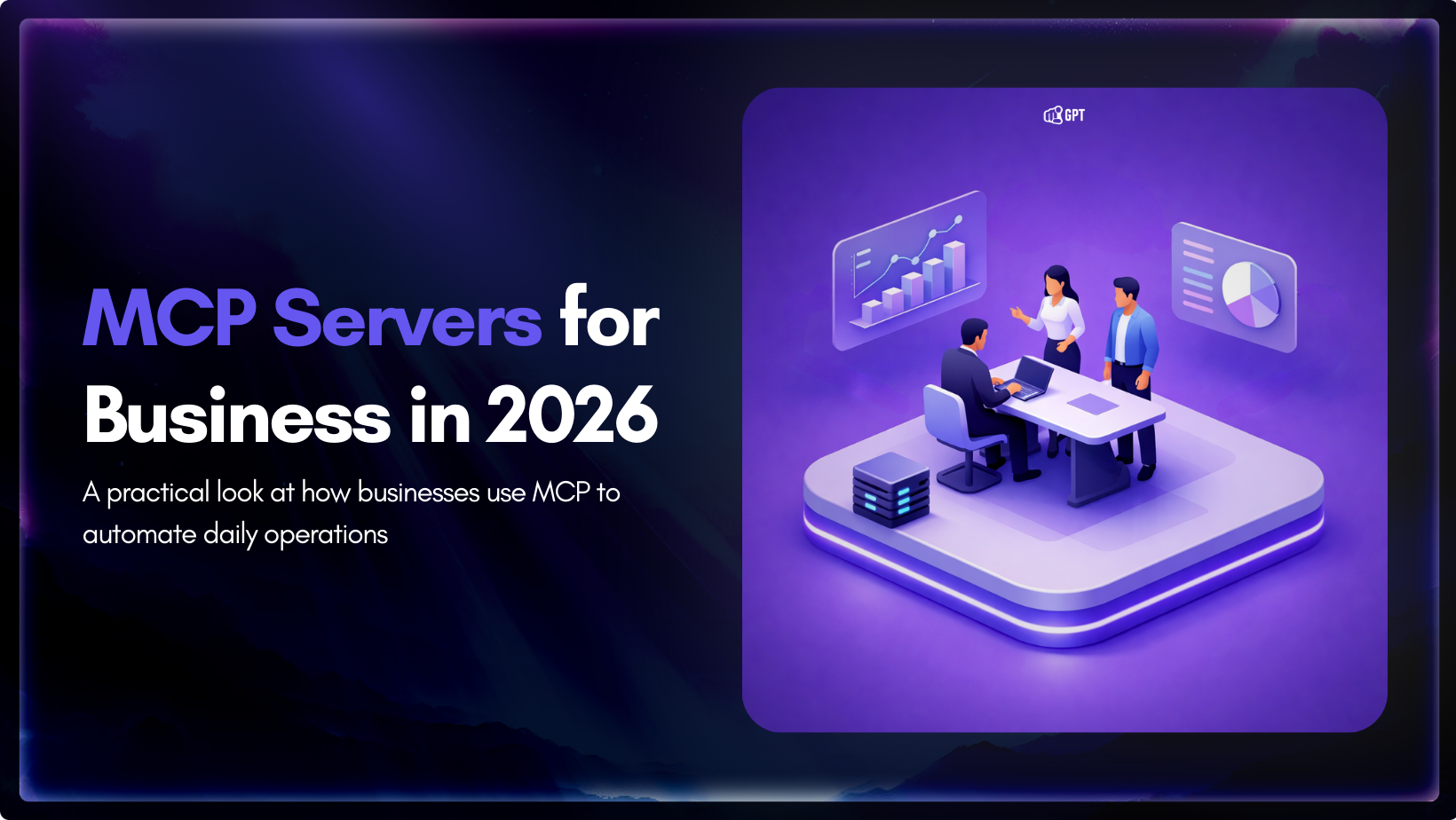
Growth-focused teams move faster when their tools work together instead of competing for attention. Modern development depends on multiple systems to ship code, review changes, monitor services, and access data. Each system serves a purpose, but routine work often means moving between dashboards, scripts, and internal tools. These small transitions shape how consistently a team […]

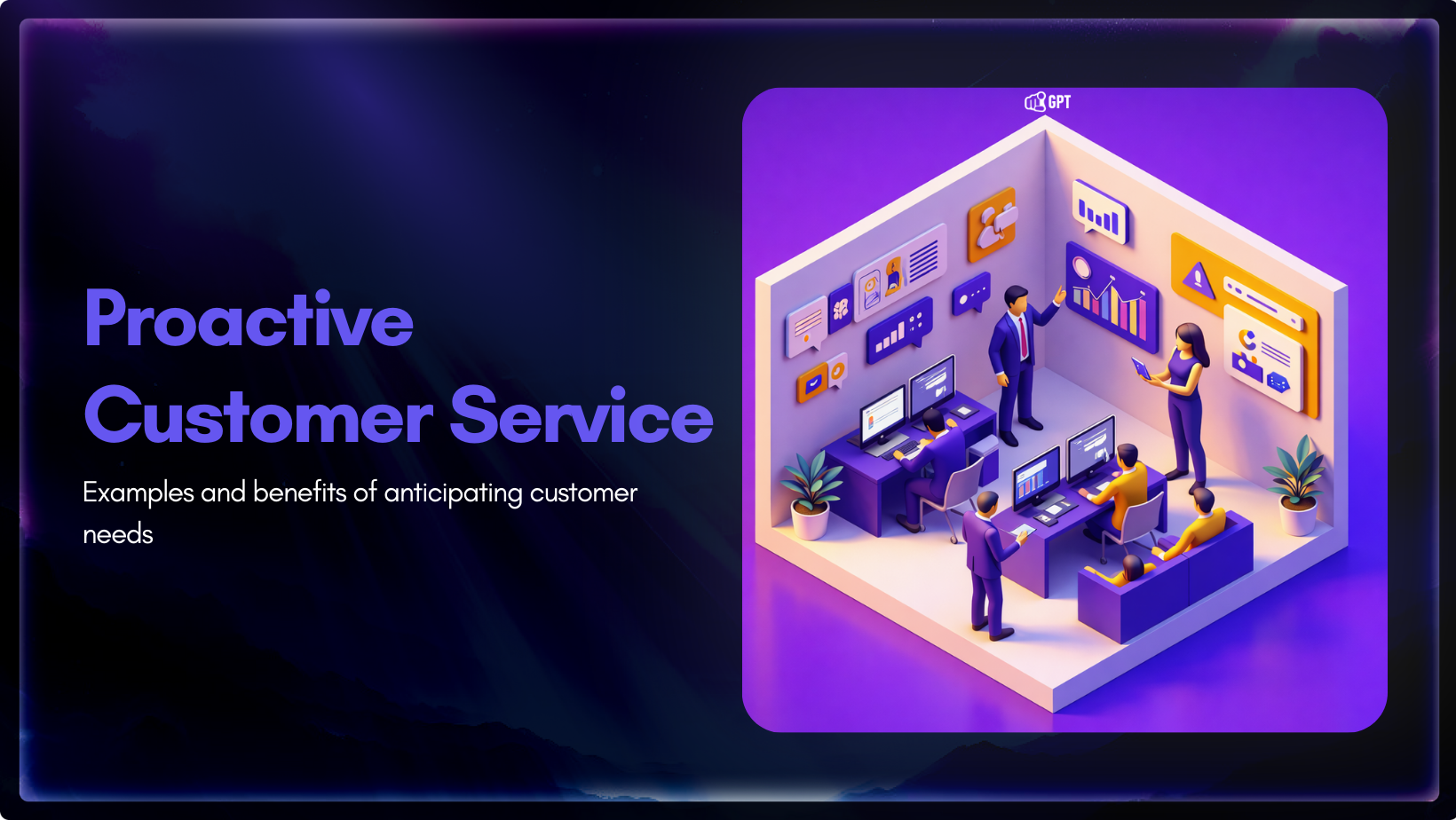
Most customer service moments begin long before a ticket is created. Something feels off. A payment does not go through. A delivery update stops moving. A user gets stuck at the same step and tries again. Customers usually pause, check, retry, and wait before they decide to ask for help. Proactive customer service works inside […]

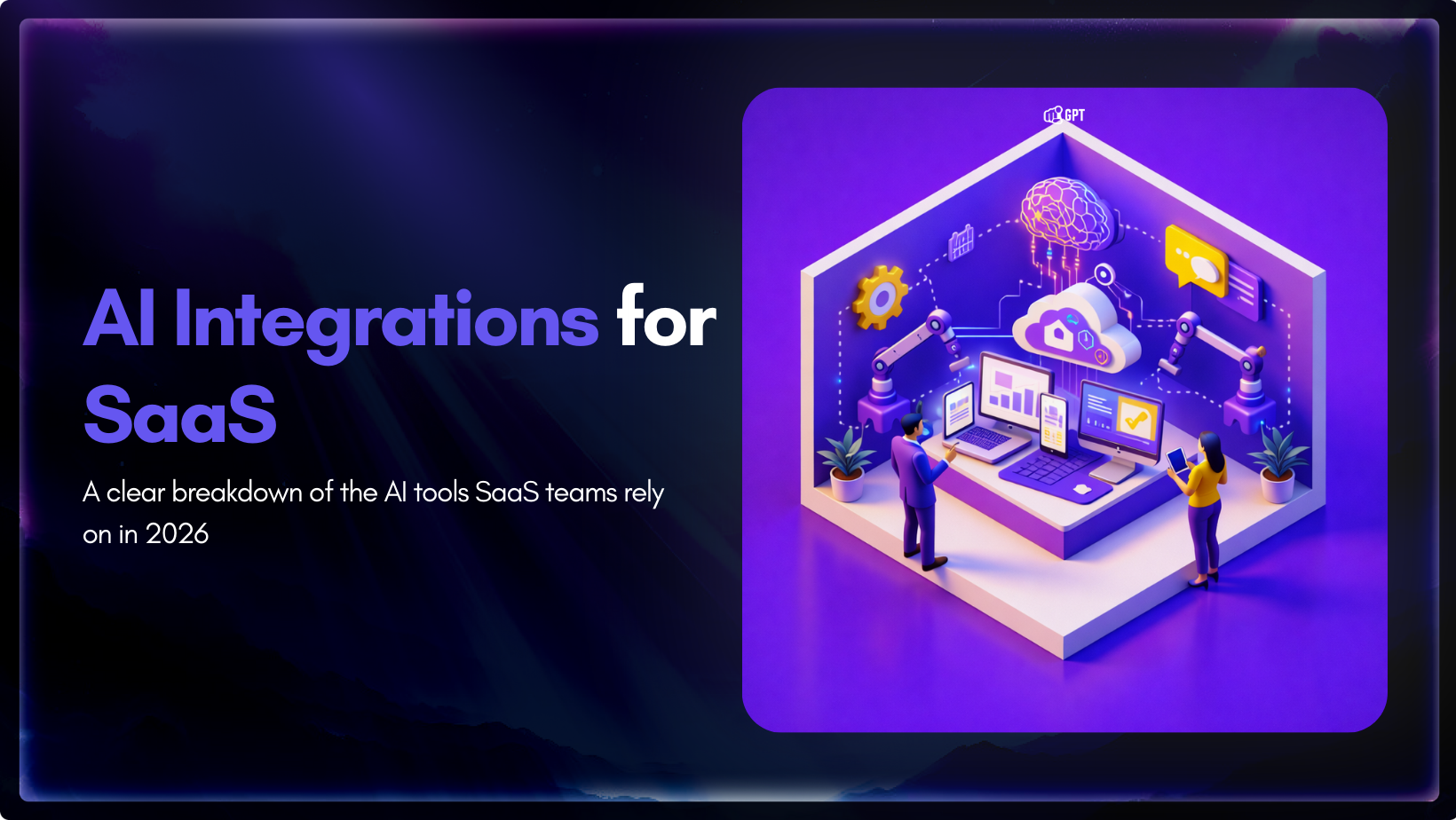
AI has become a core part of how modern SaaS products are built and delivered. In 2026, customers expect intelligent assistance to be available throughout their journey, from onboarding and everyday product usage to support and account management. Inside SaaS teams, AI is increasingly used to speed up workflows, reduce repetitive tasks, and improve how […]

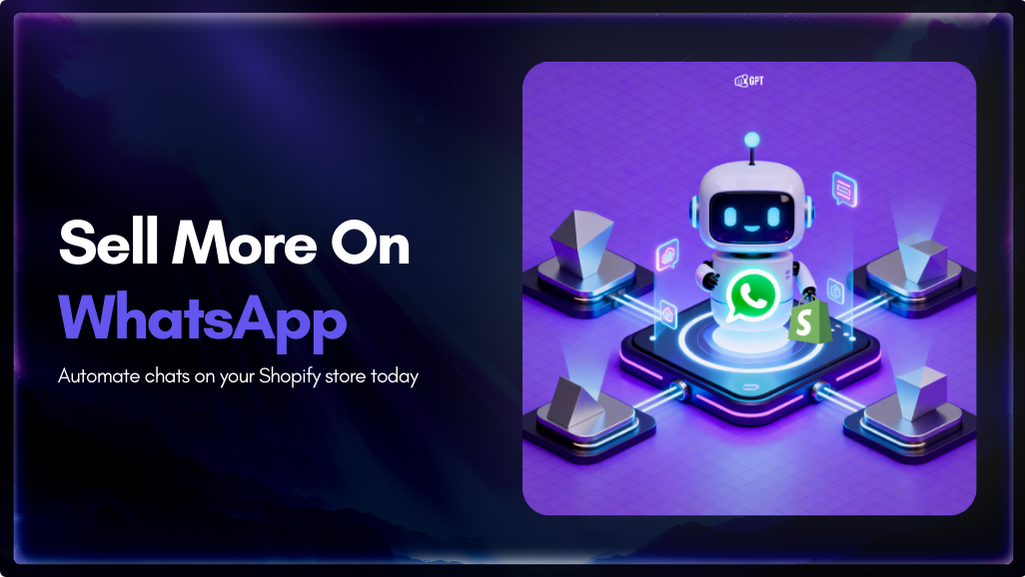
Shopify stores often use a chatbot on their website to handle product questions, order updates, and support. But customers also message on WhatsApp expecting the same quick answers. Most of them already use WhatsApp throughout the day, so reaching out there feels natural. A chatbot that works across both channels responds in seconds, guides purchase […]


Most businesses do not struggle to generate leads. They struggle to know which ones are worth acting on. Forms get filled, DMs arrive, emails are opened, and chats happen across multiple tools. Some prospects convert. Most do not. The real problem is that there is no reliable way to tell, early enough, which signals actually […]

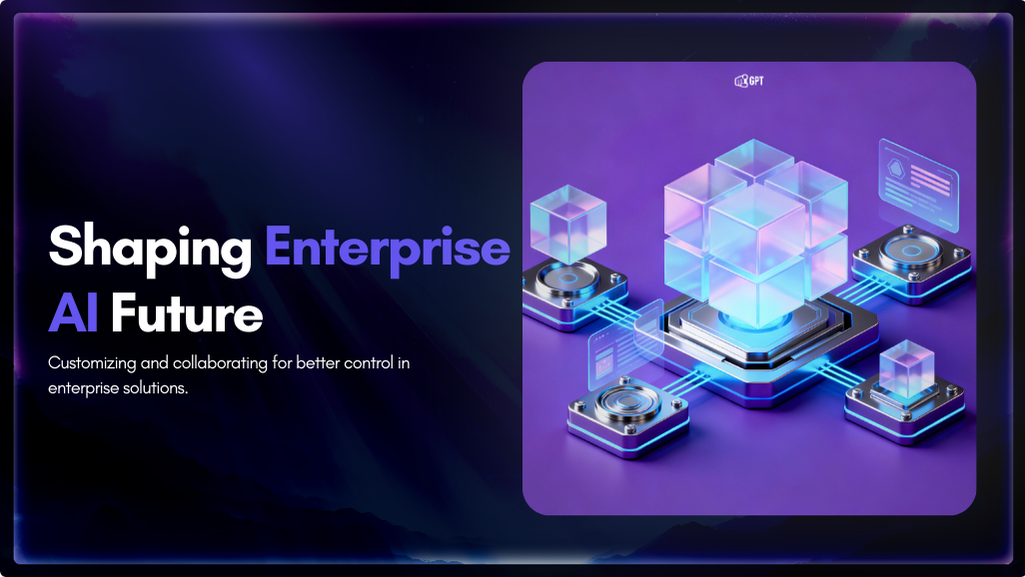
Artificial Intelligence has advanced quickly over the past five years, moving from an experiment to a standard component of modern business. AI has become a central part of enterprise strategy. 88% of organizations are now using AI. This figure has increased from 78% the year before. This transformation is reshaping how companies run, communicate, and […]
